Melbourne Zoo on Christmas Day
Christmas at Melbourne Zoo is a time to get some beautiful photographs on our friends.
Christmas at Melbourne Zoo is a time to get some beautiful photographs on our friends.
After having a barking owl flying directly at me, I was delighted to have a pretty little Australian kestrel flying towards me, but these little raptors don’t fly in straight lines.
It was a heavily overcast day, and somewhat windy. These images were all shot with a Sony 70-200mm GM II lens at 200mm, at ISO 500, f/2.8, 1/2000.
Here is the sequence in a gallery that you can click on to see the details – these are 24 consecutive images, shot at 20 frames per second, so you are seeing just over 1 second of flight here. None of these frames have been cropped.
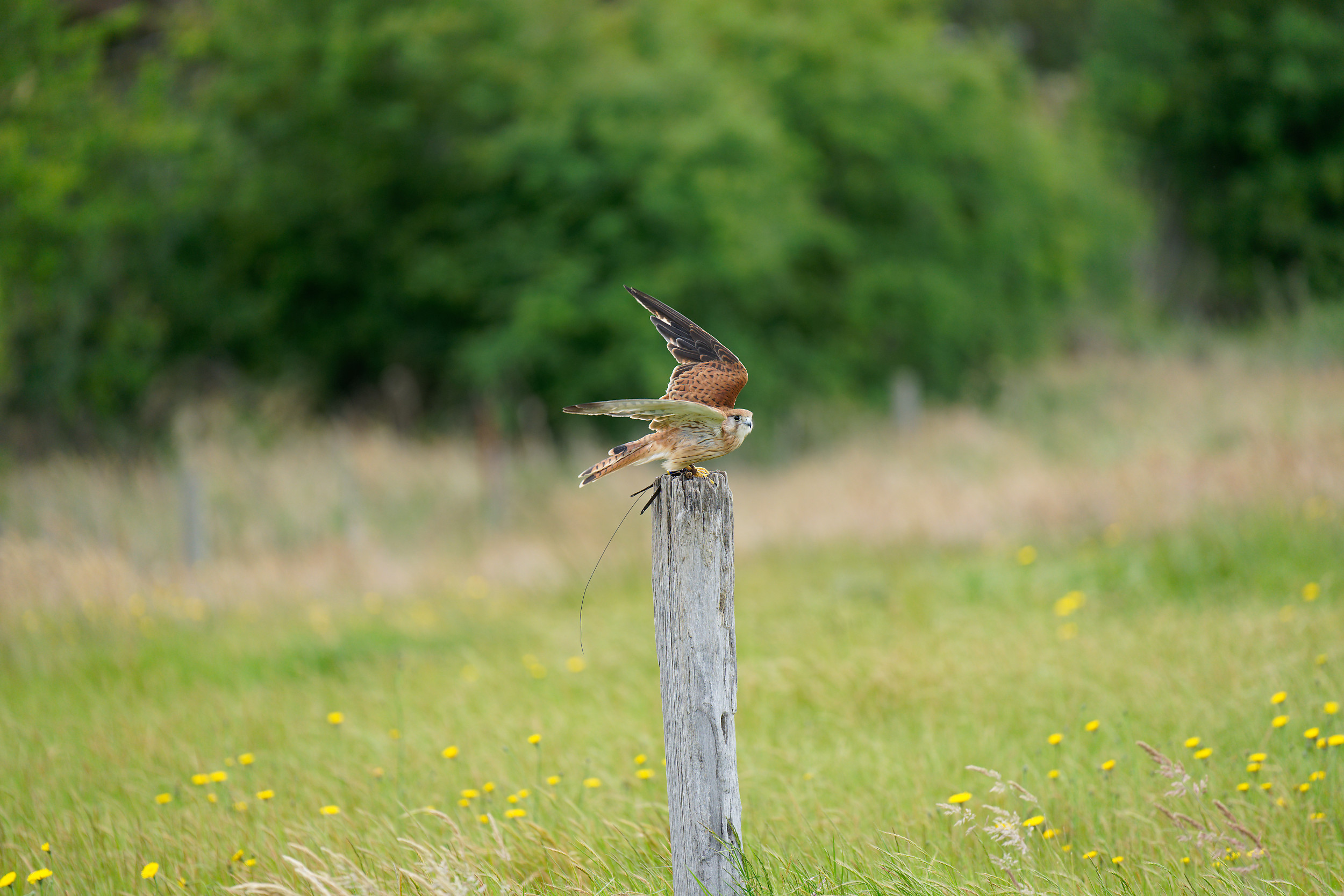
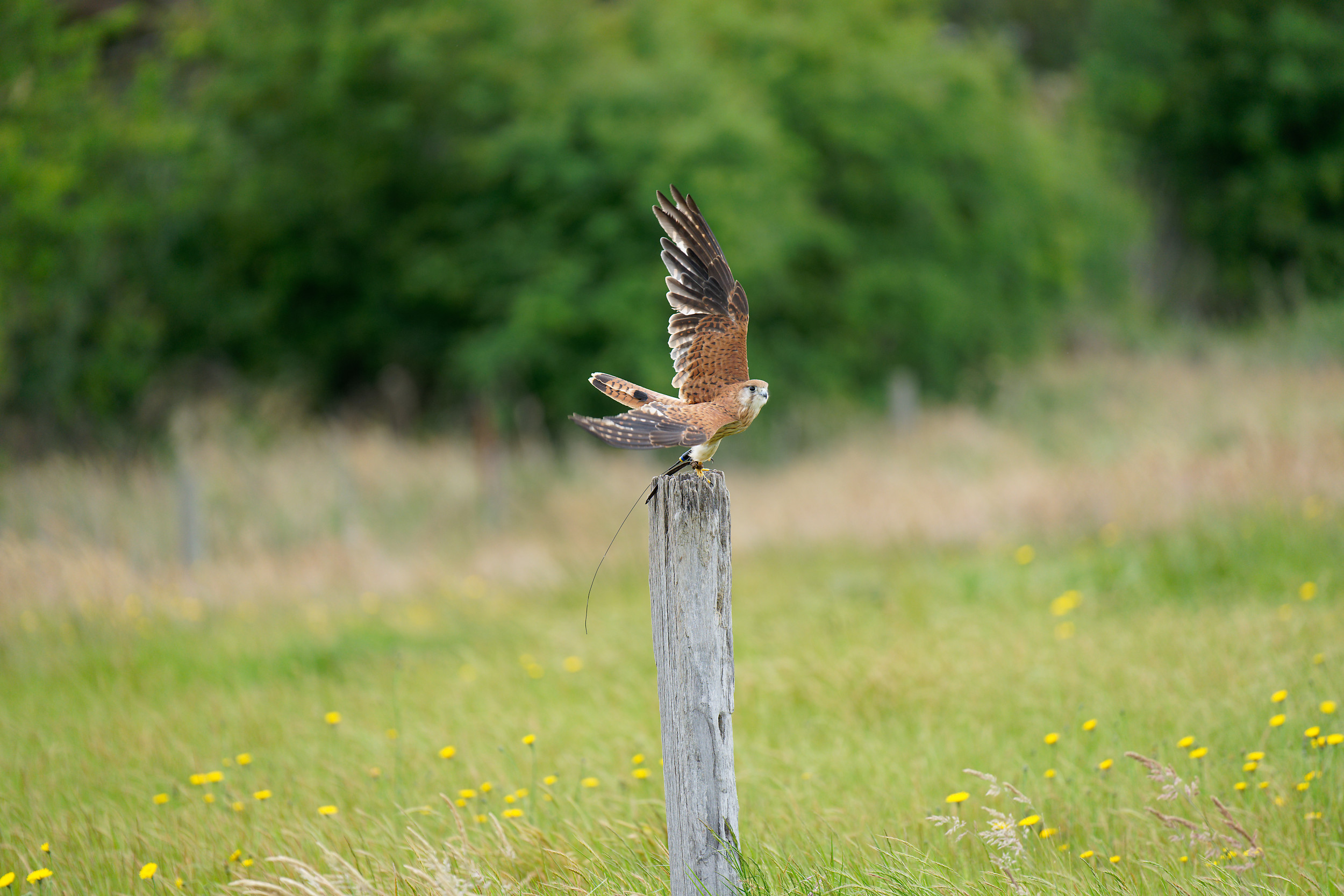
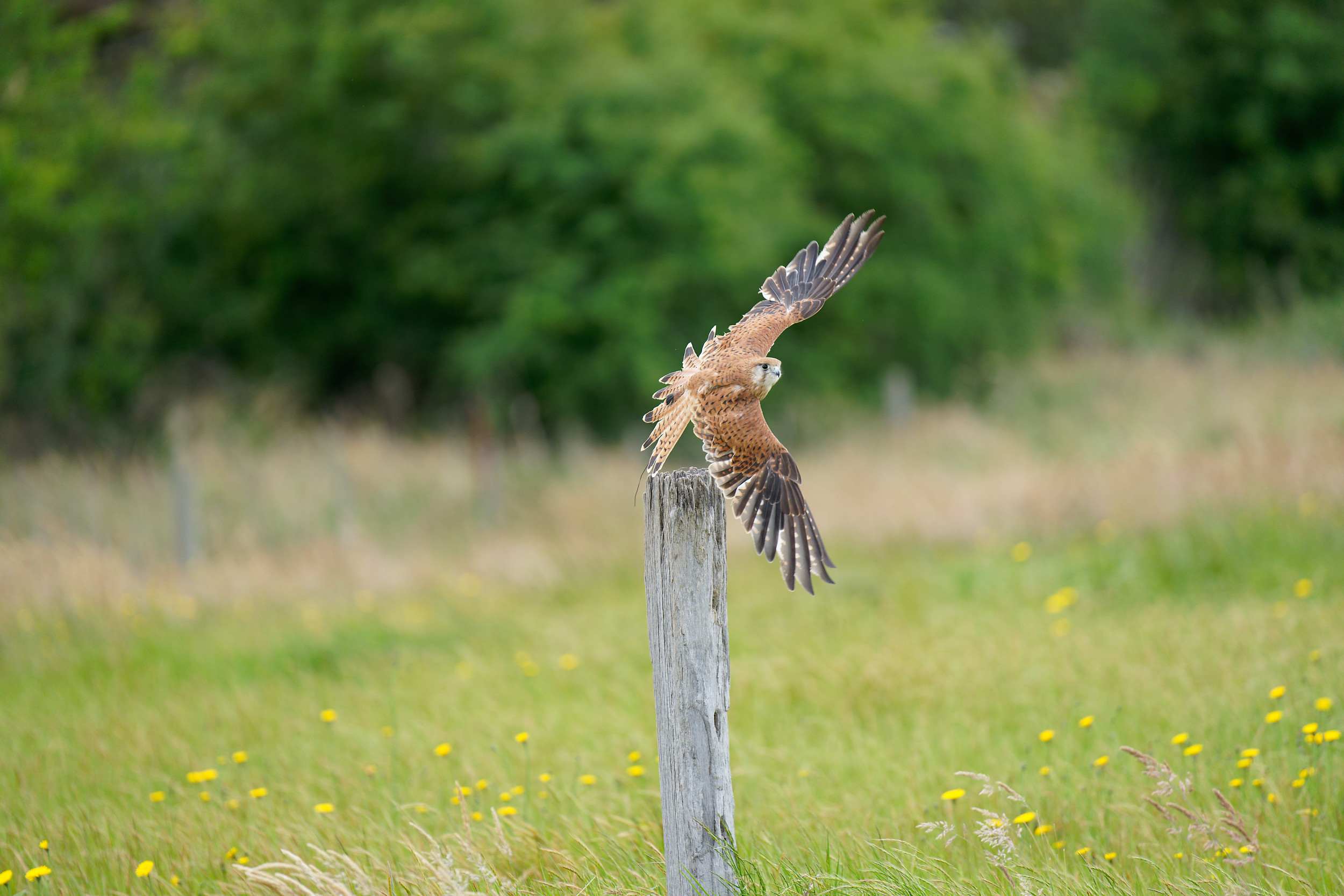
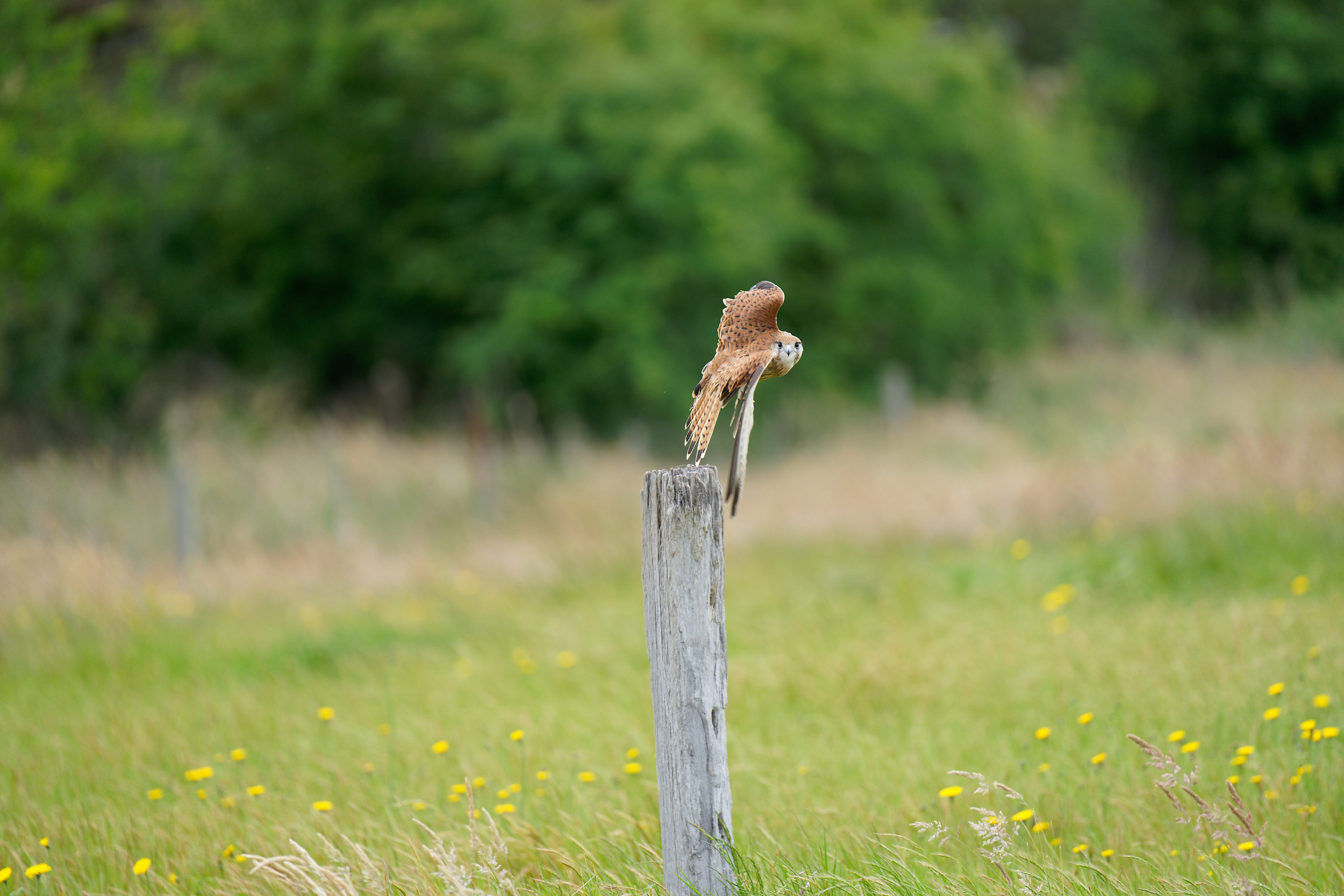
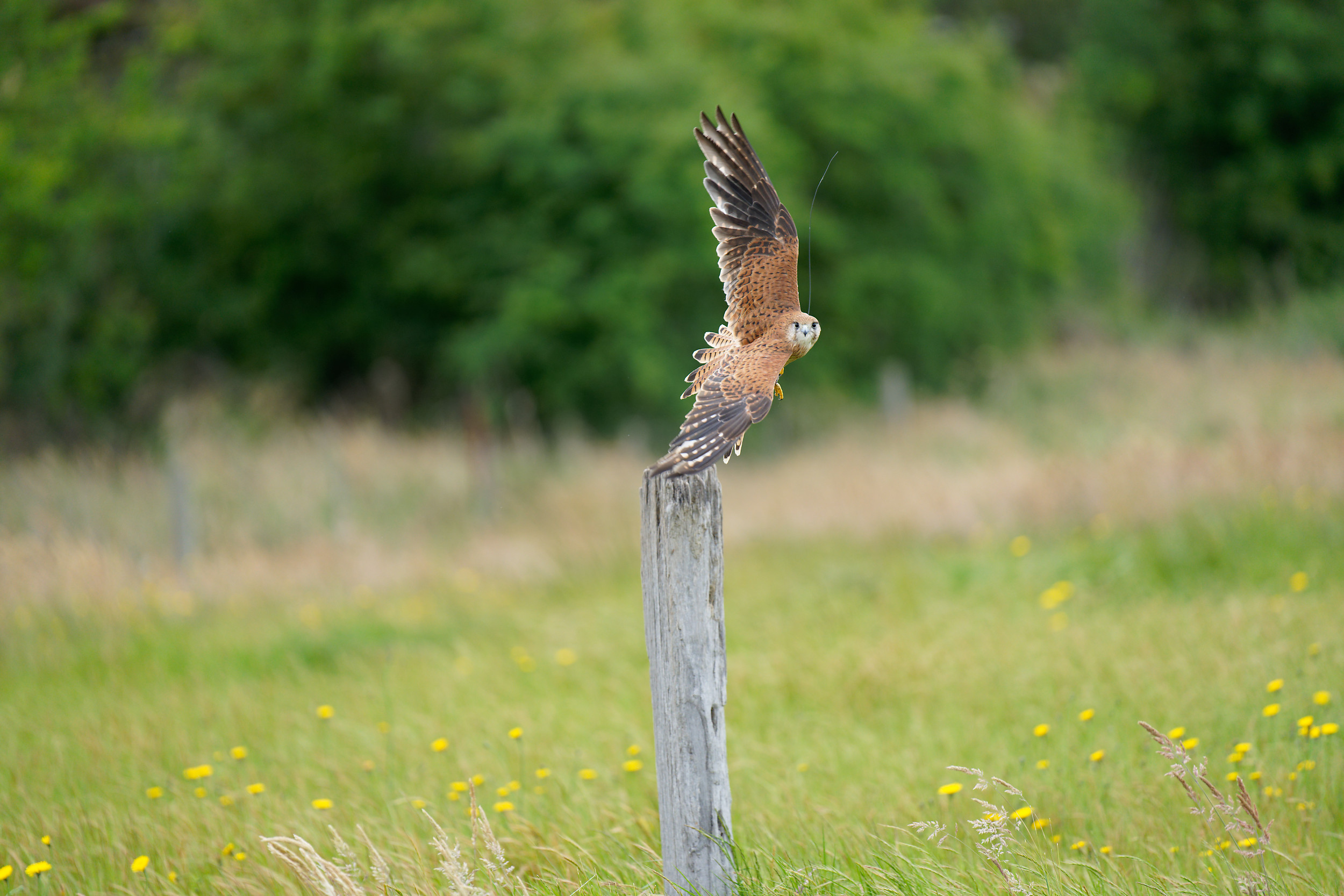
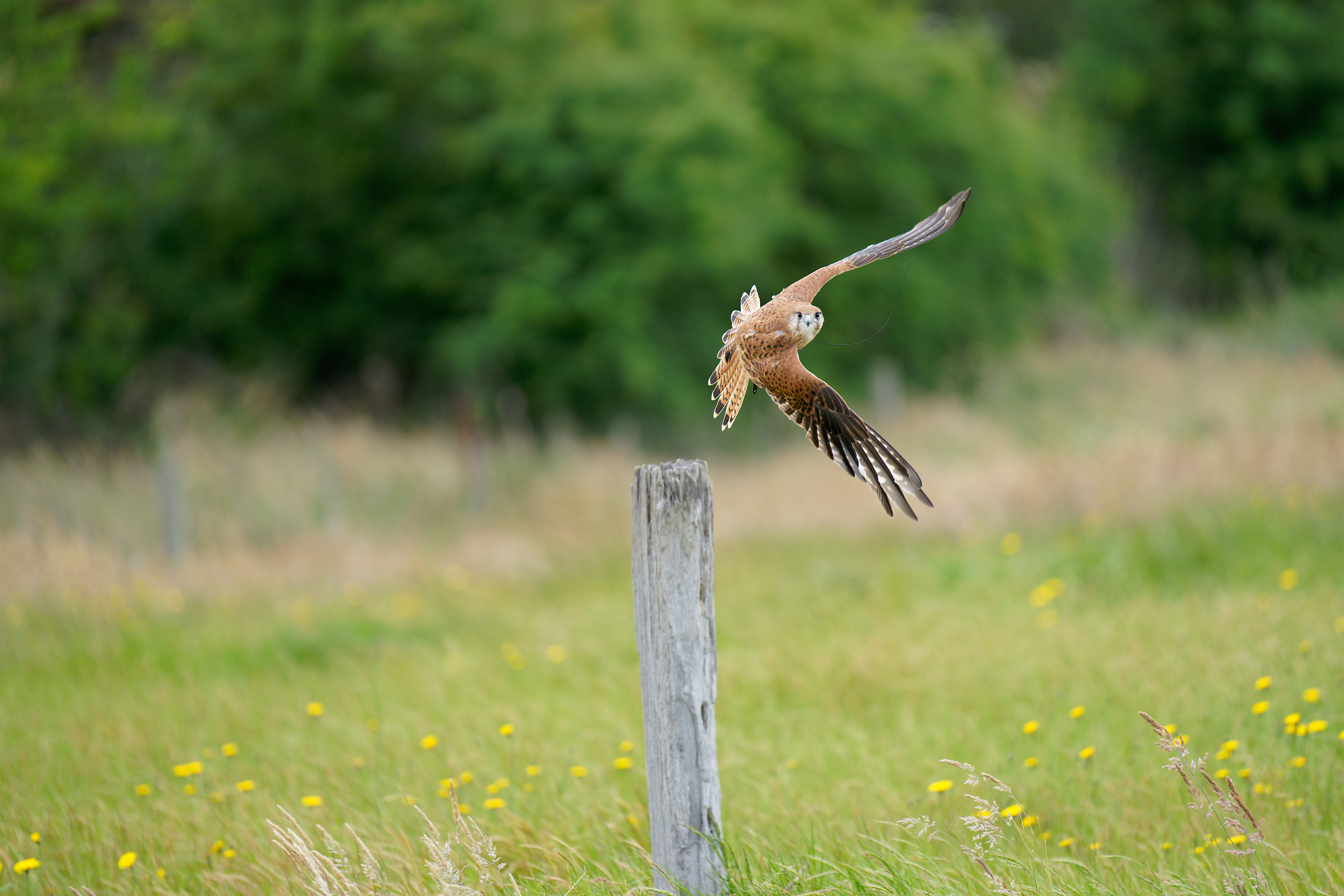
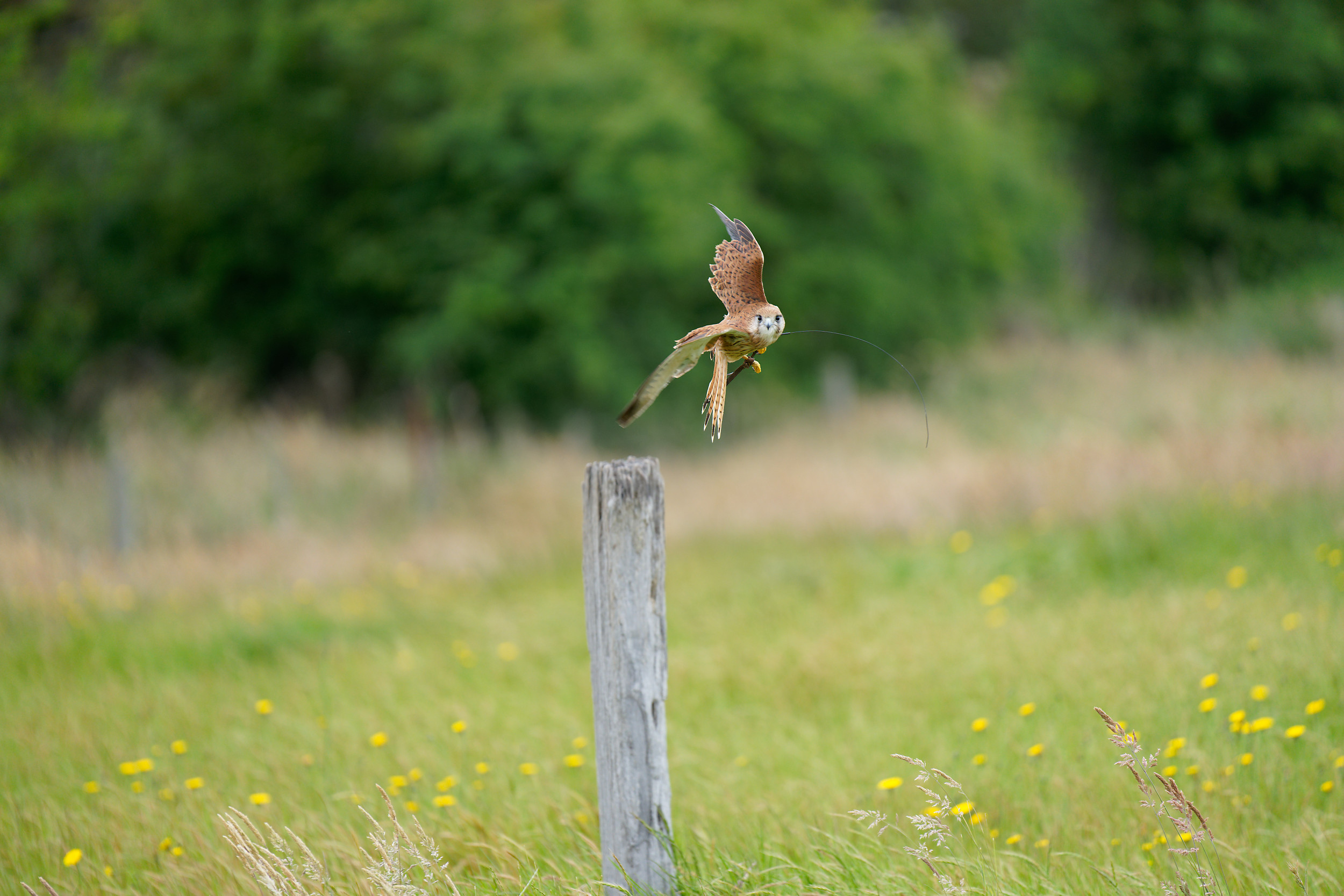
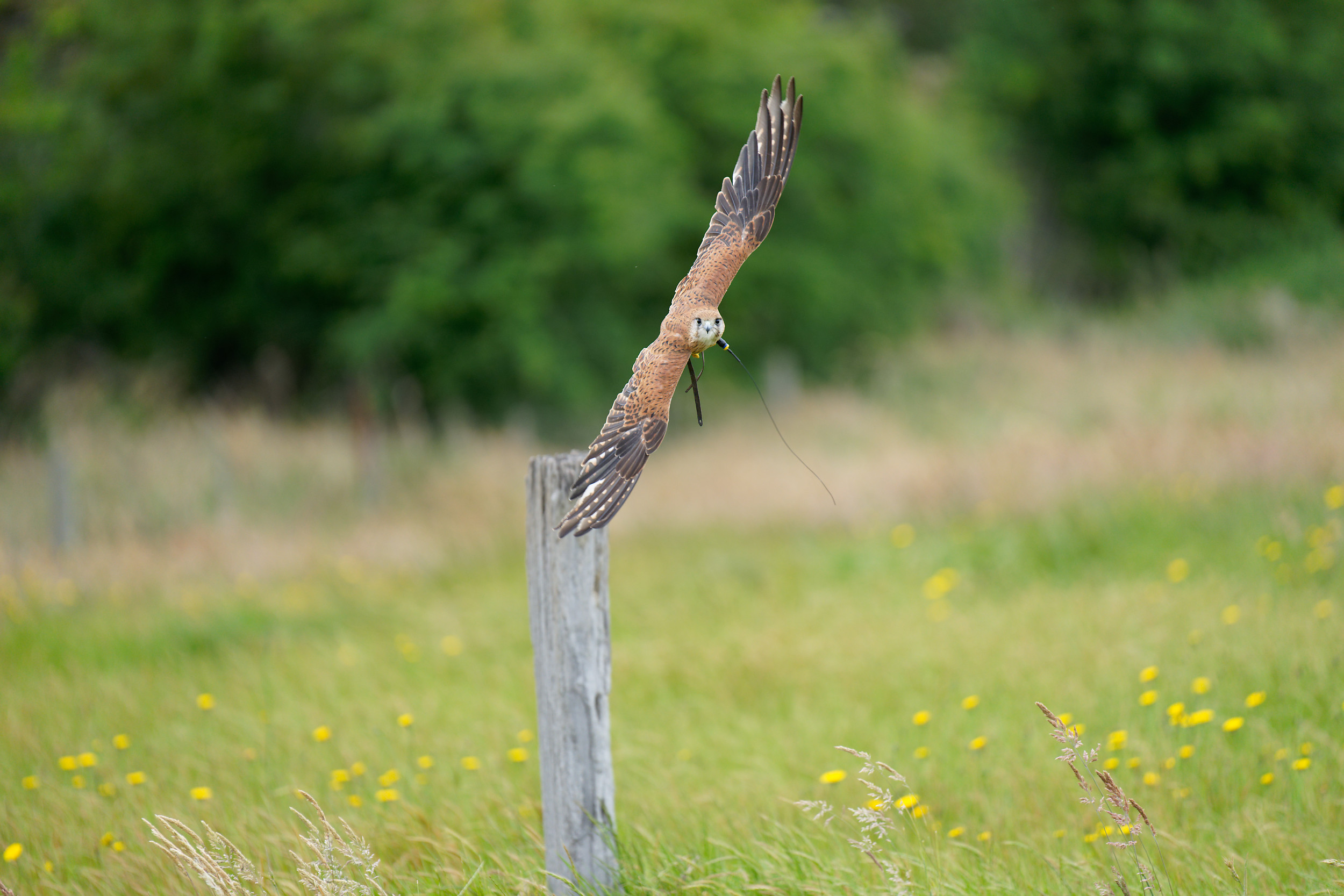
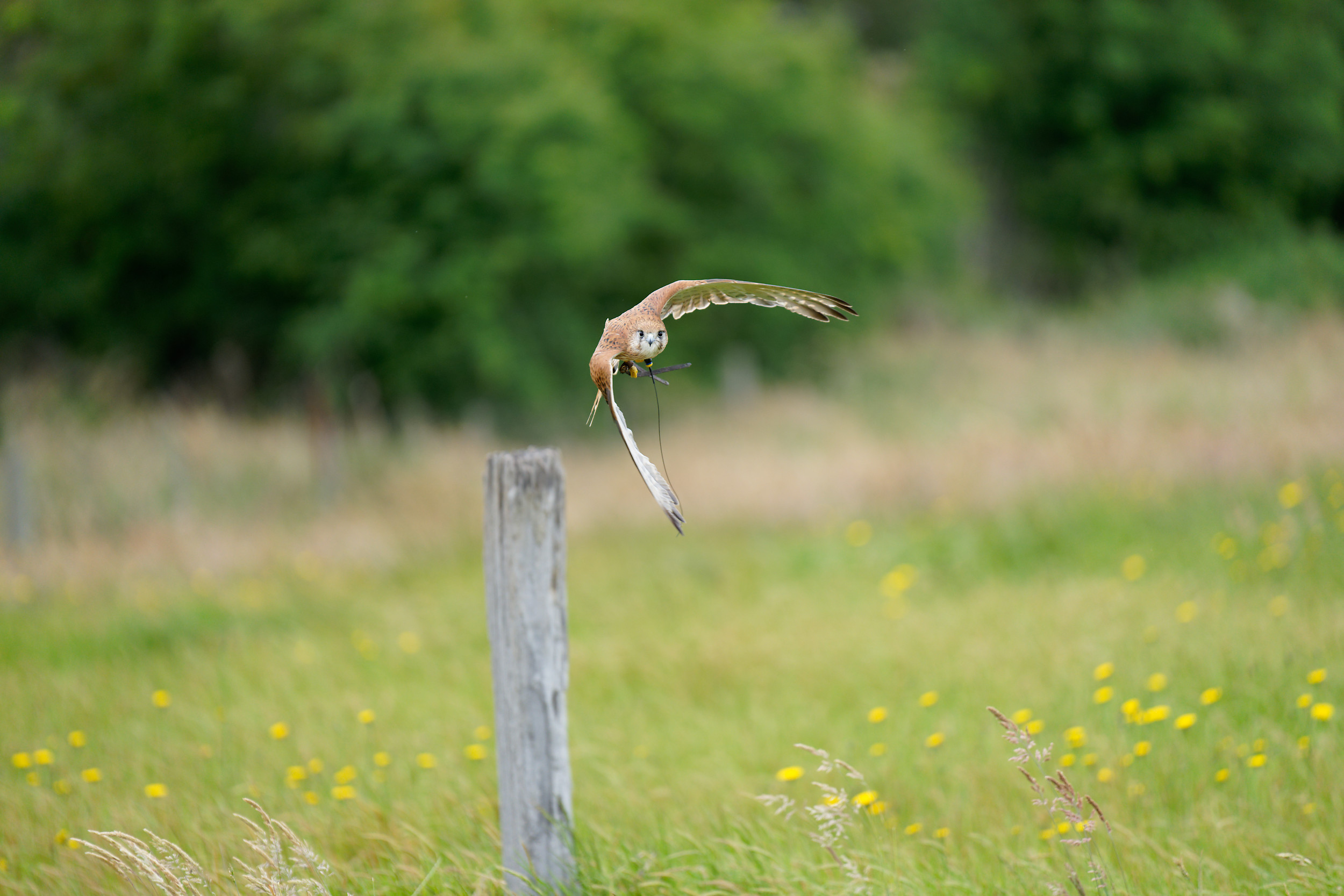
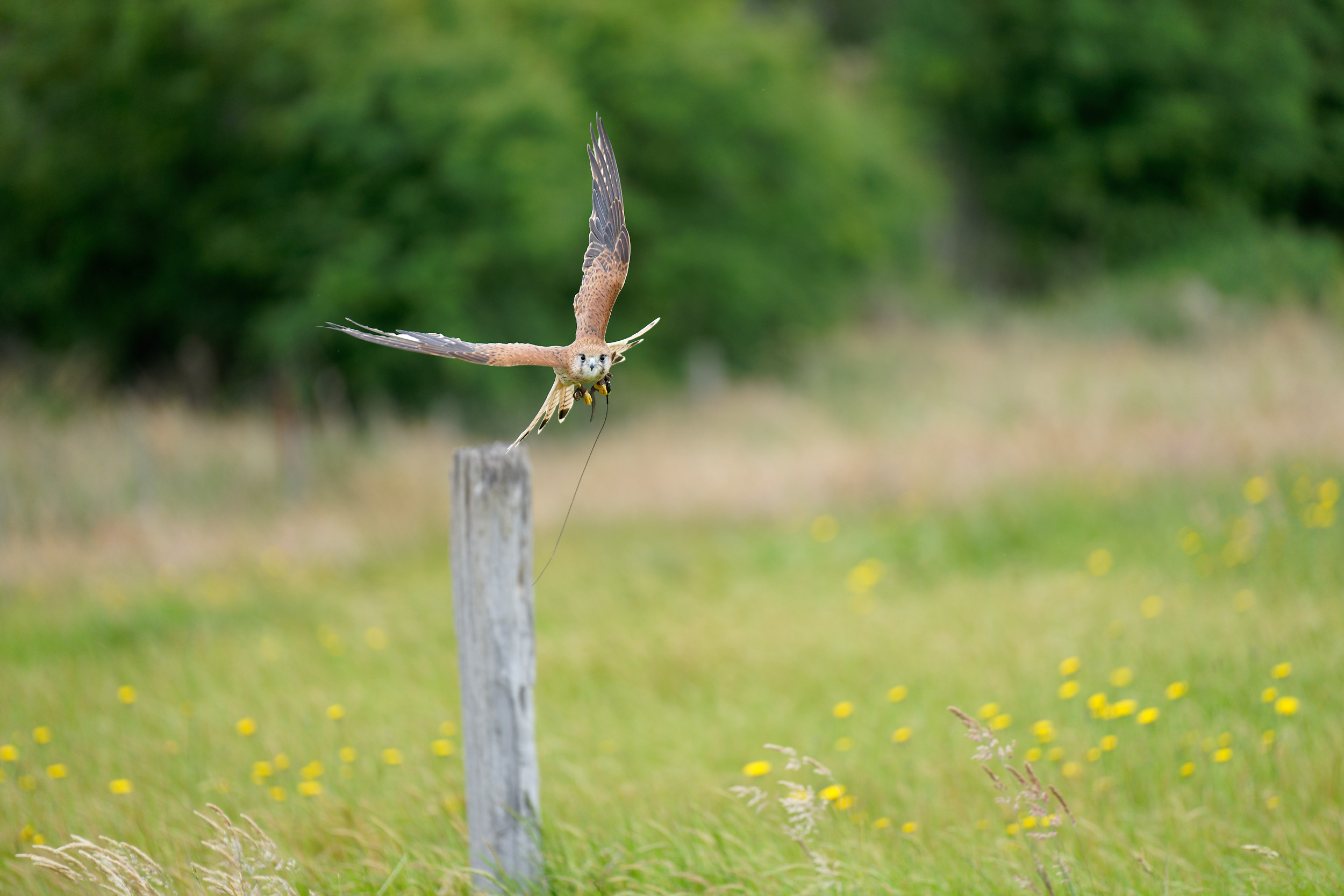
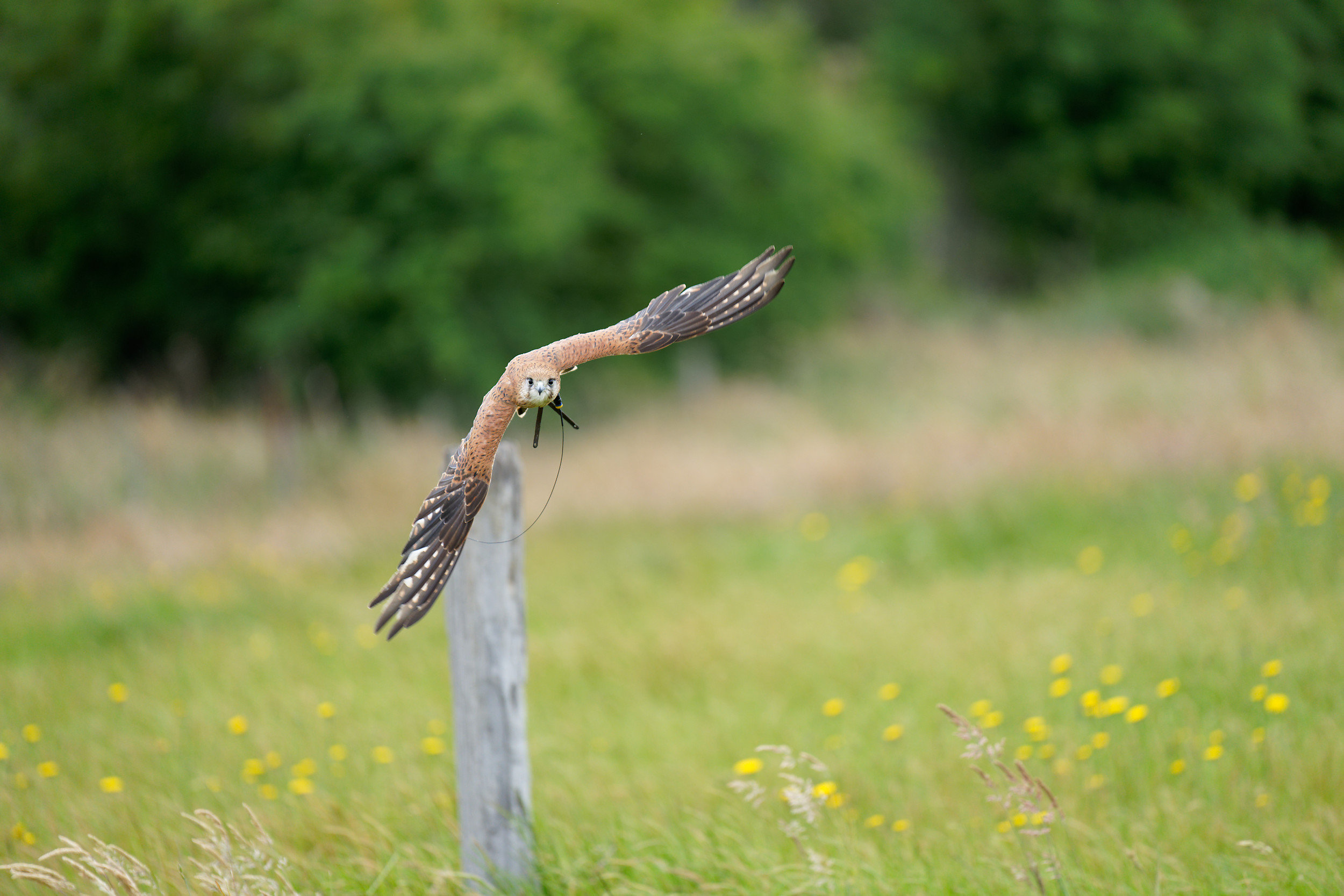
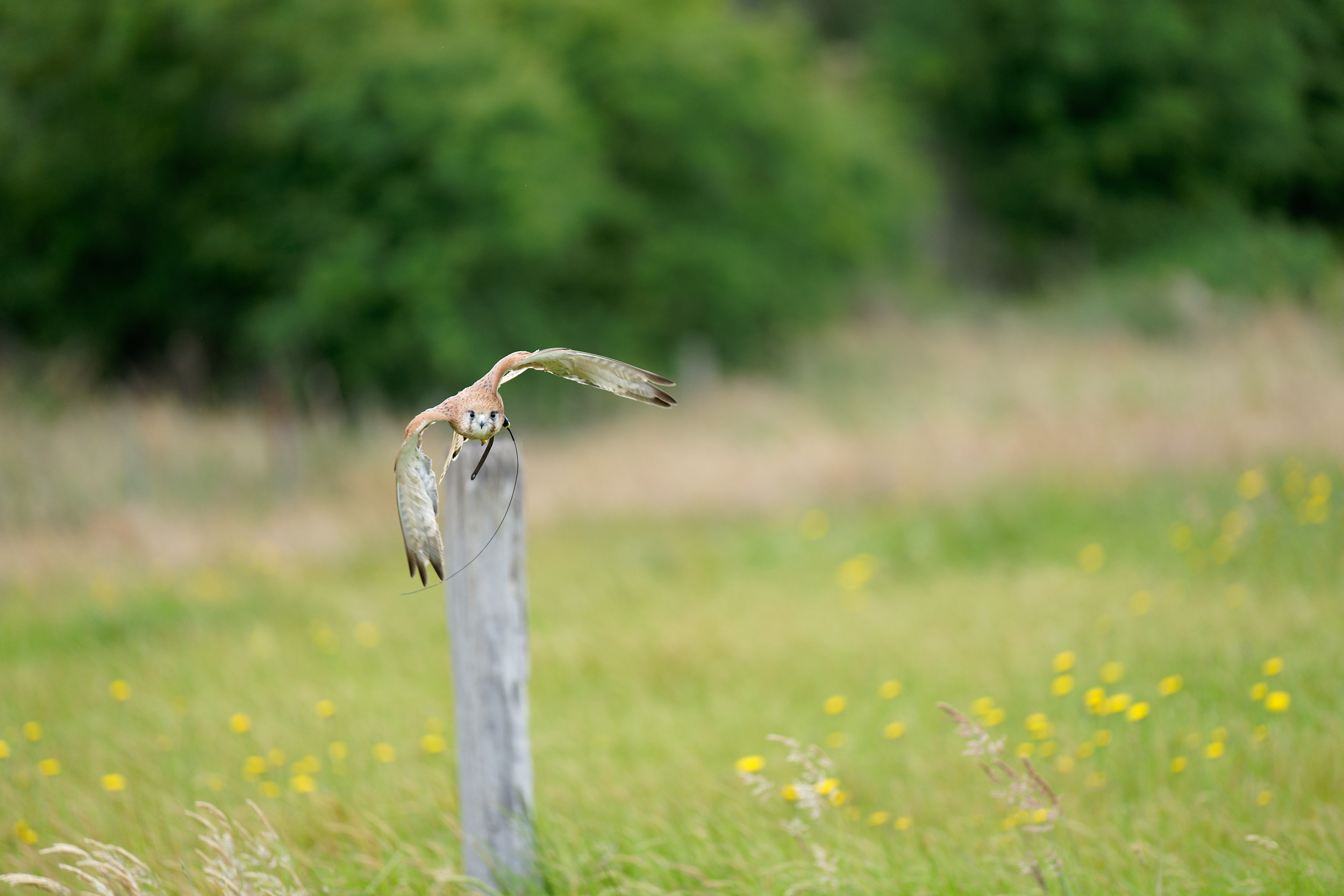
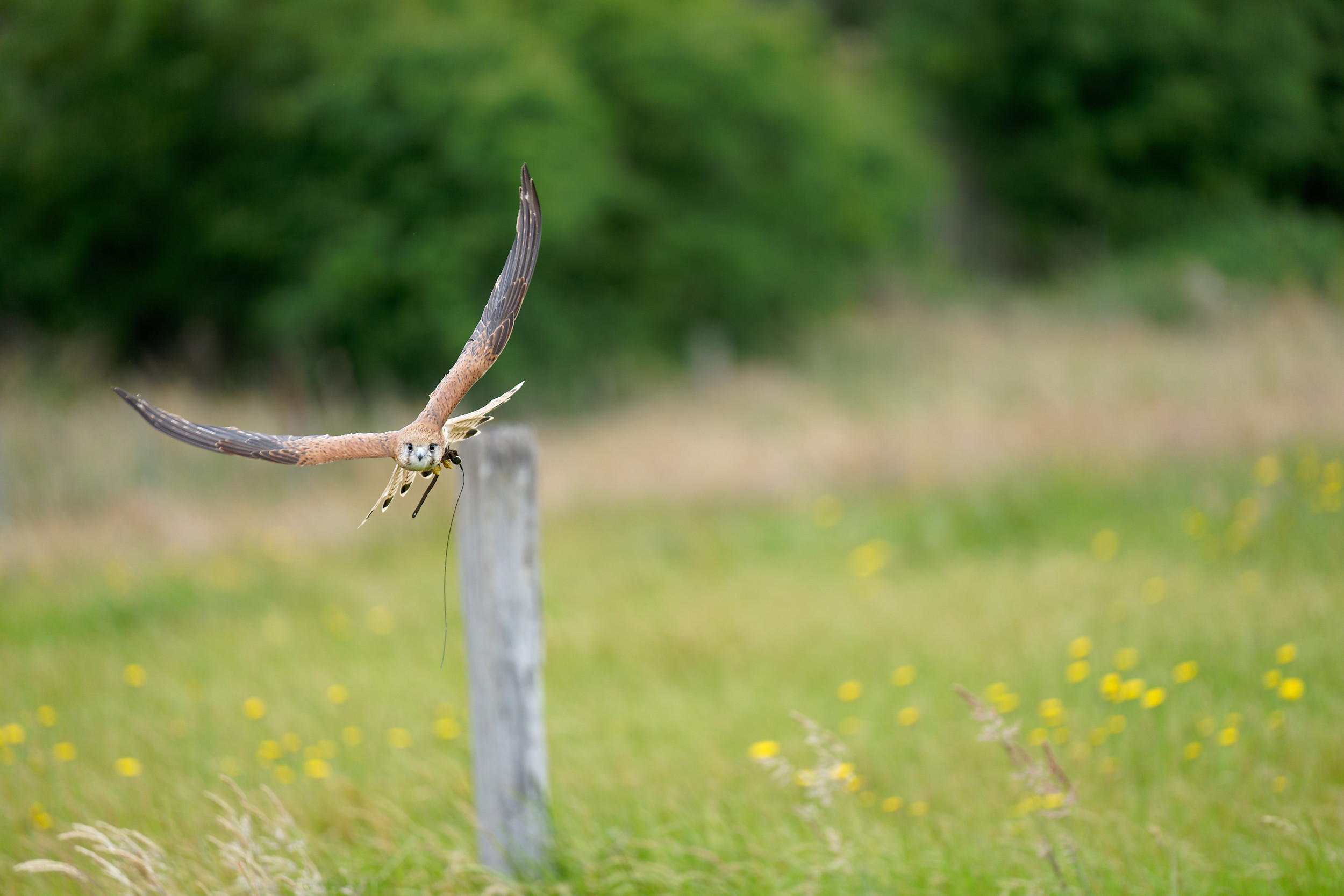
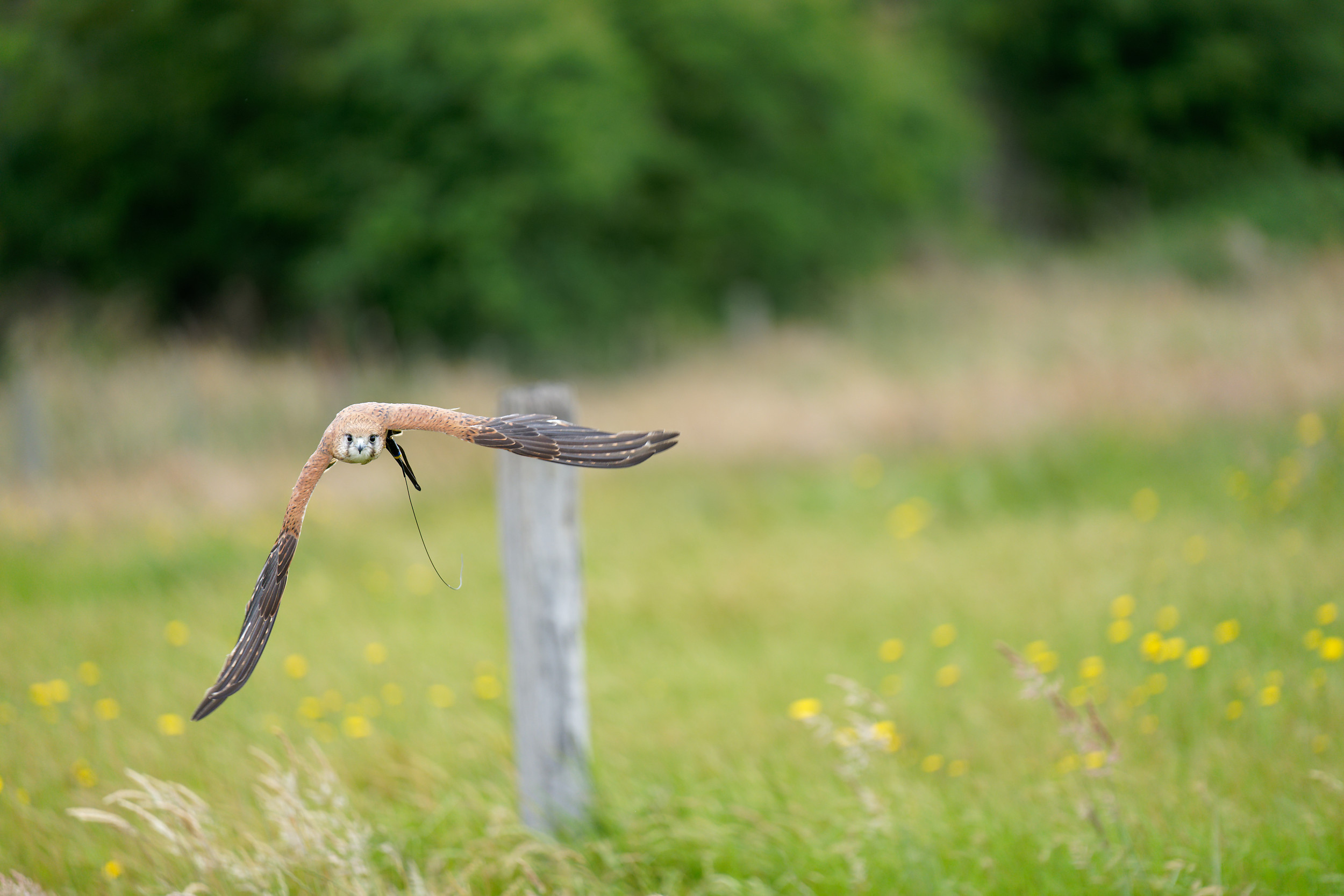
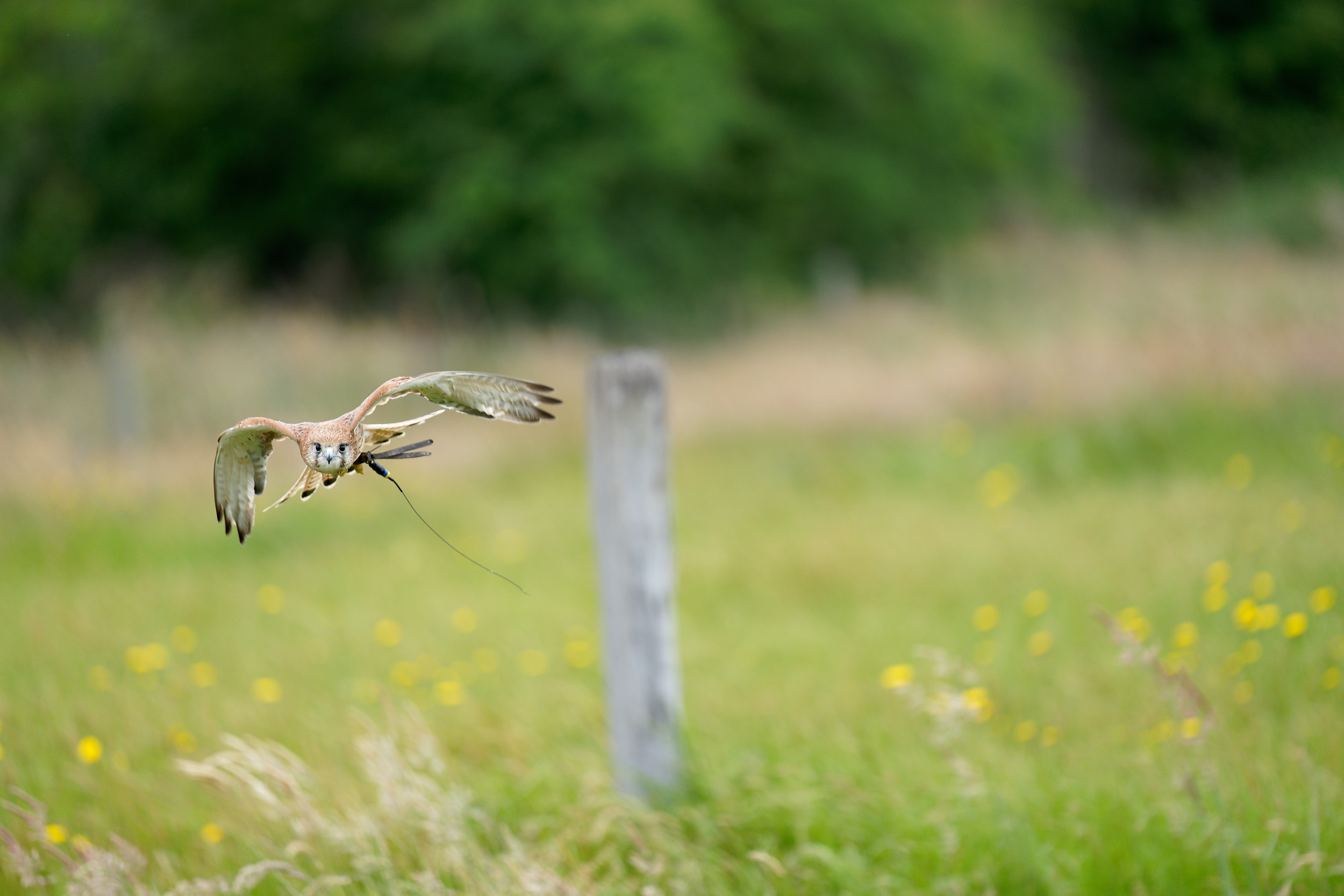
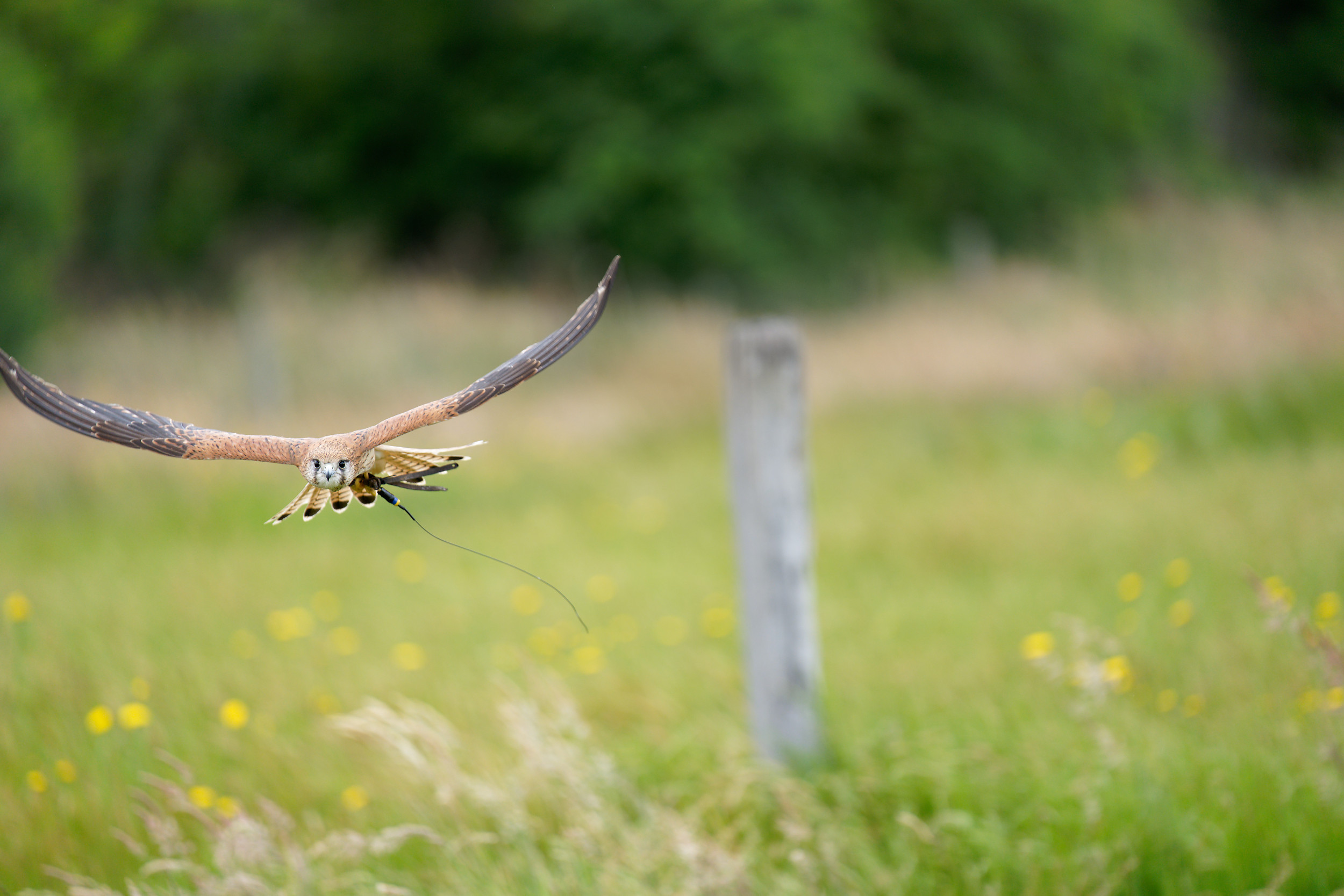
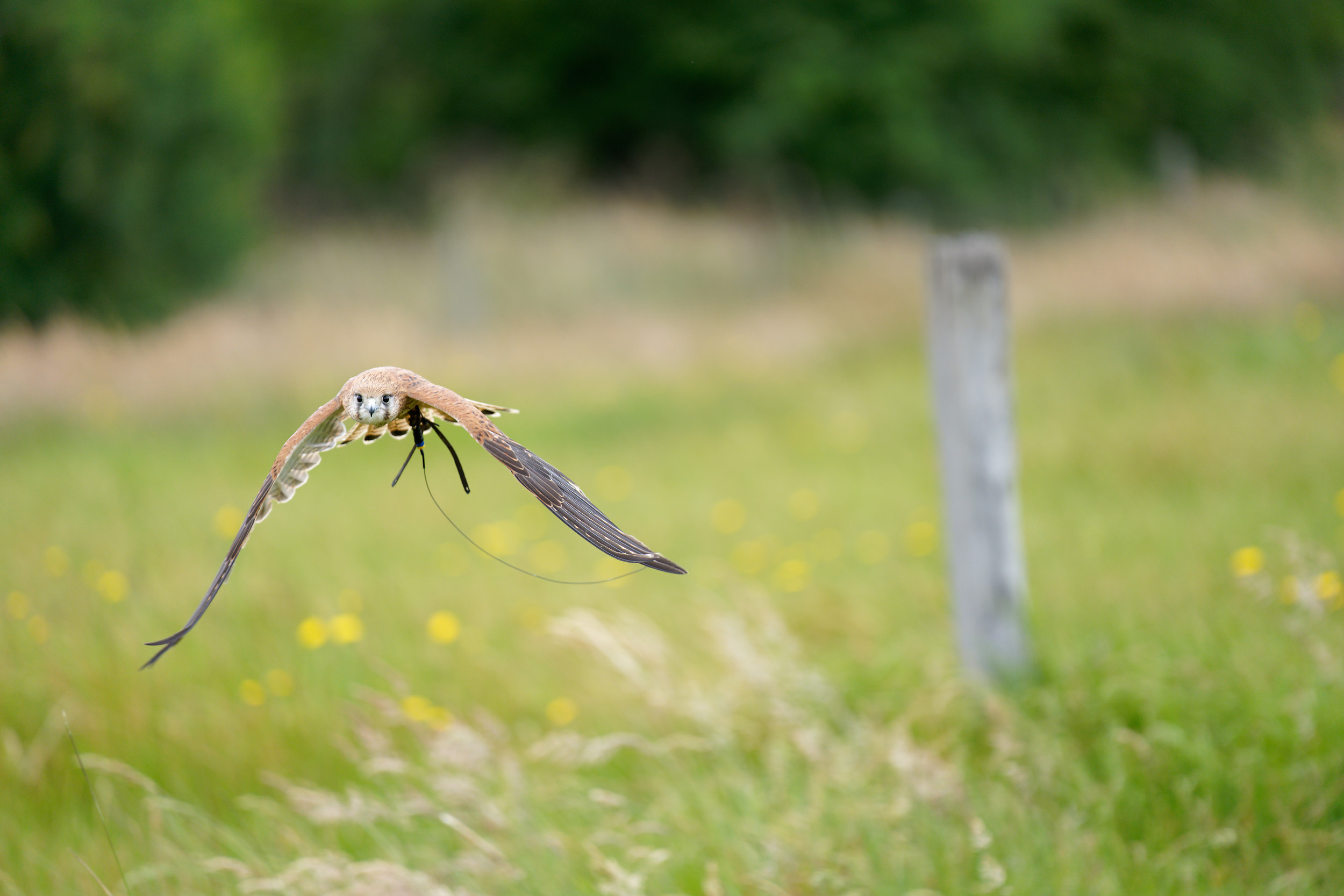
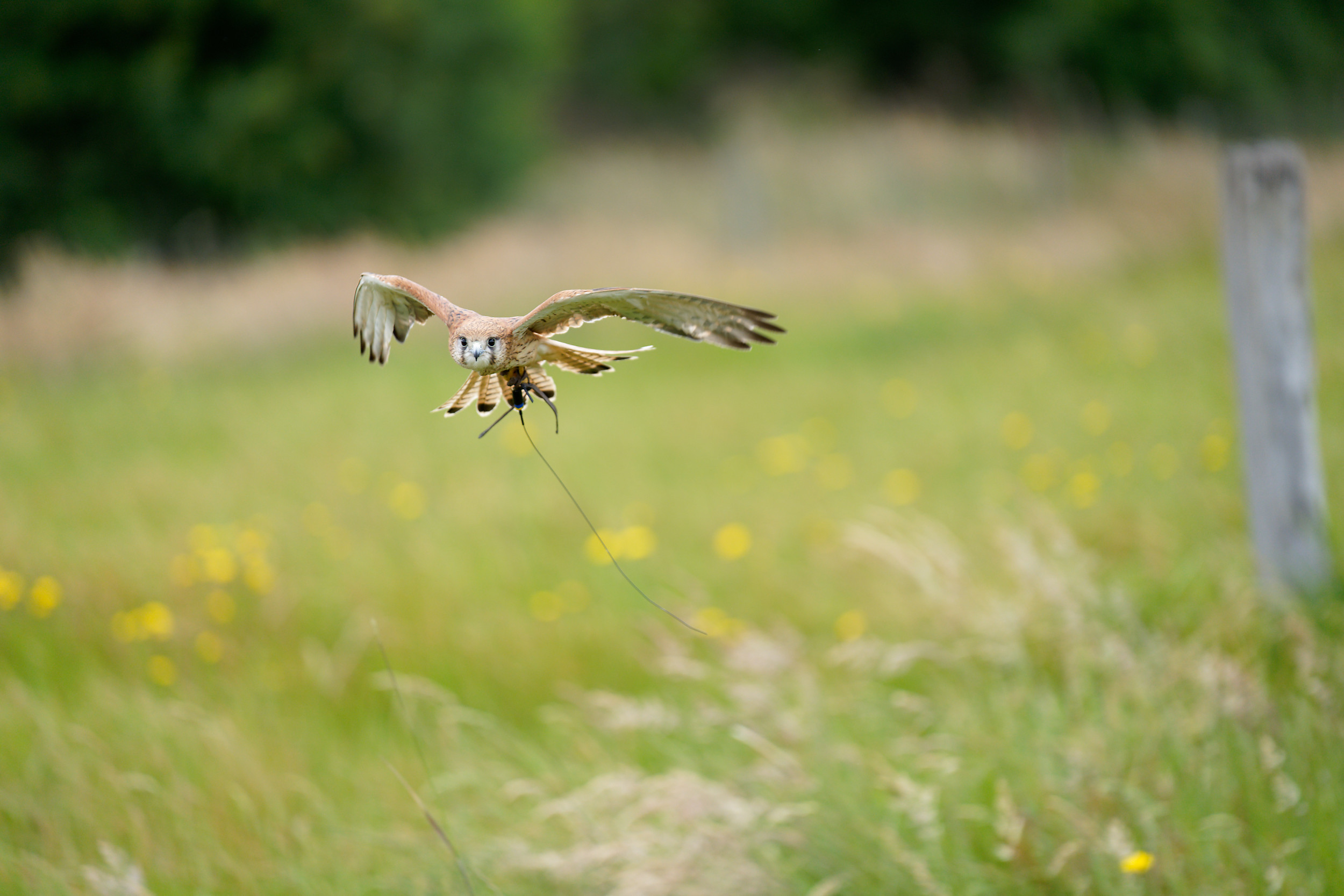
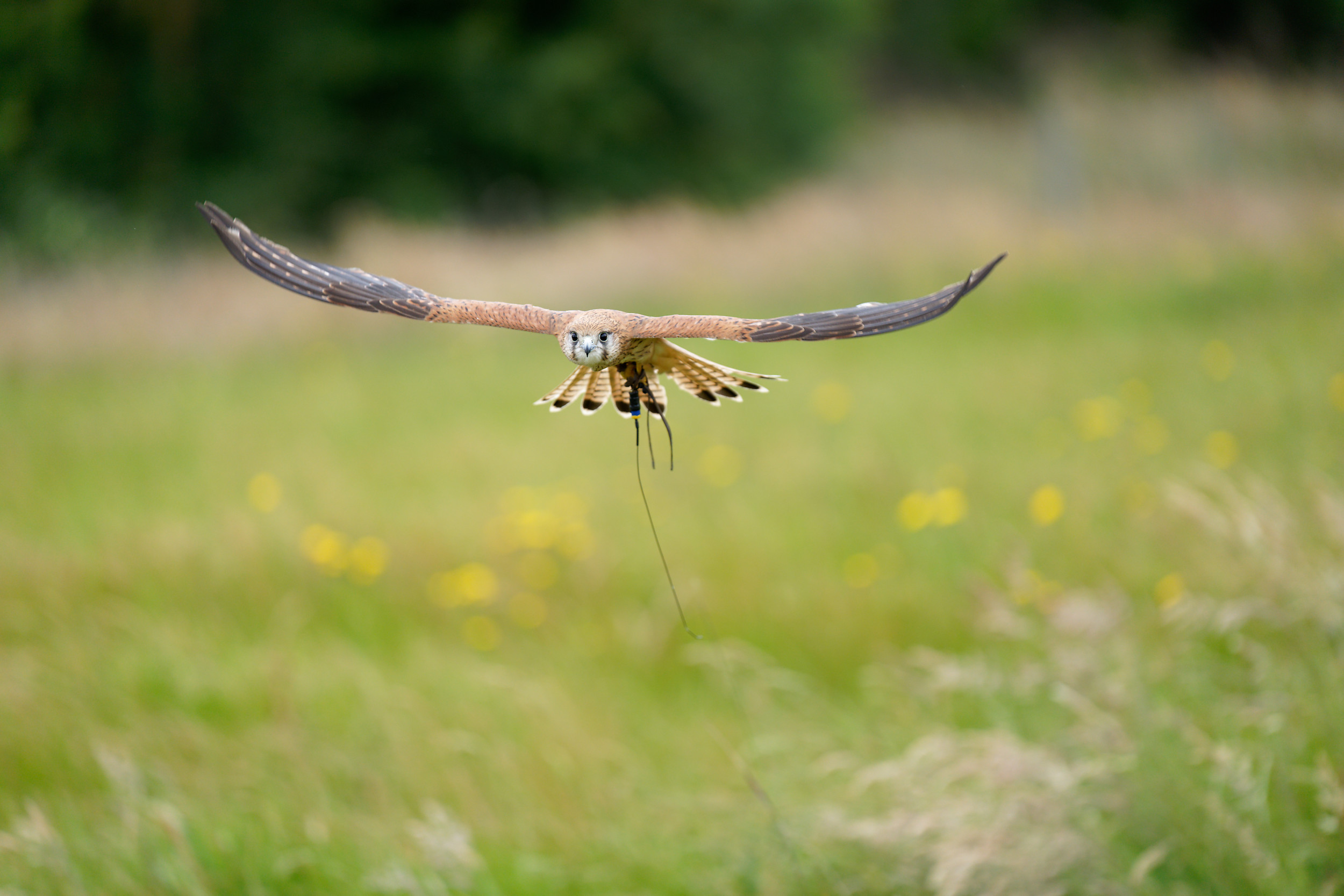
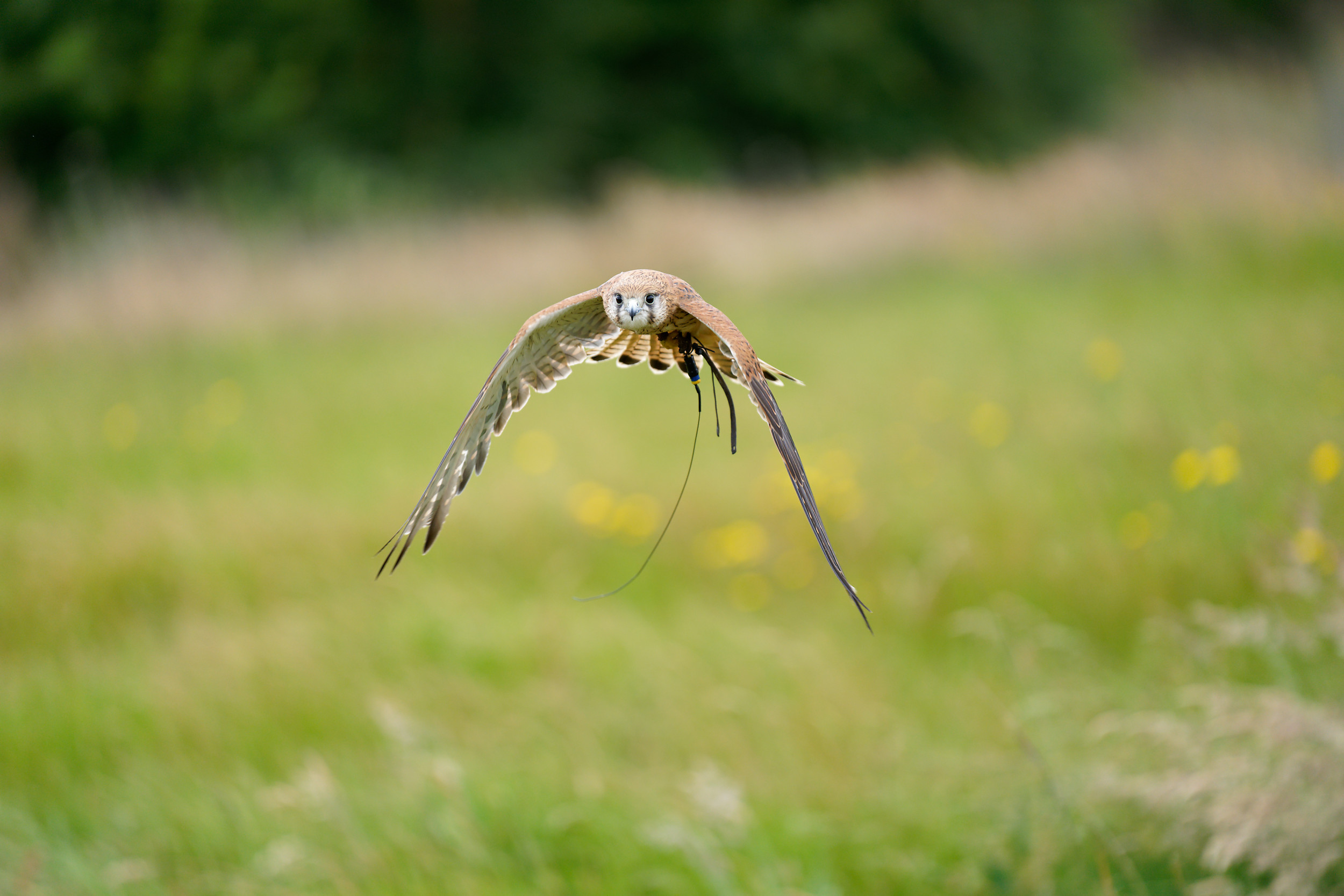
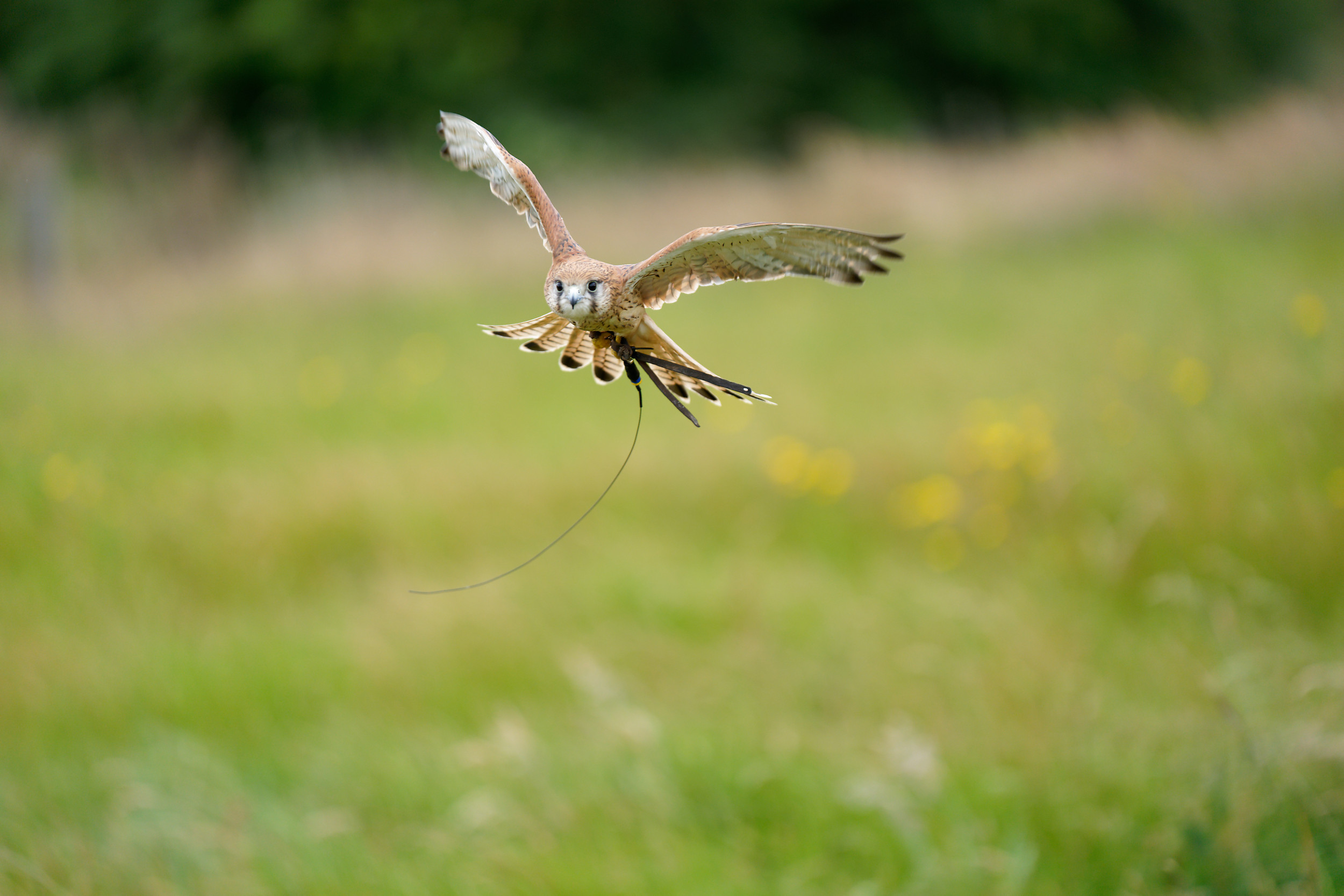
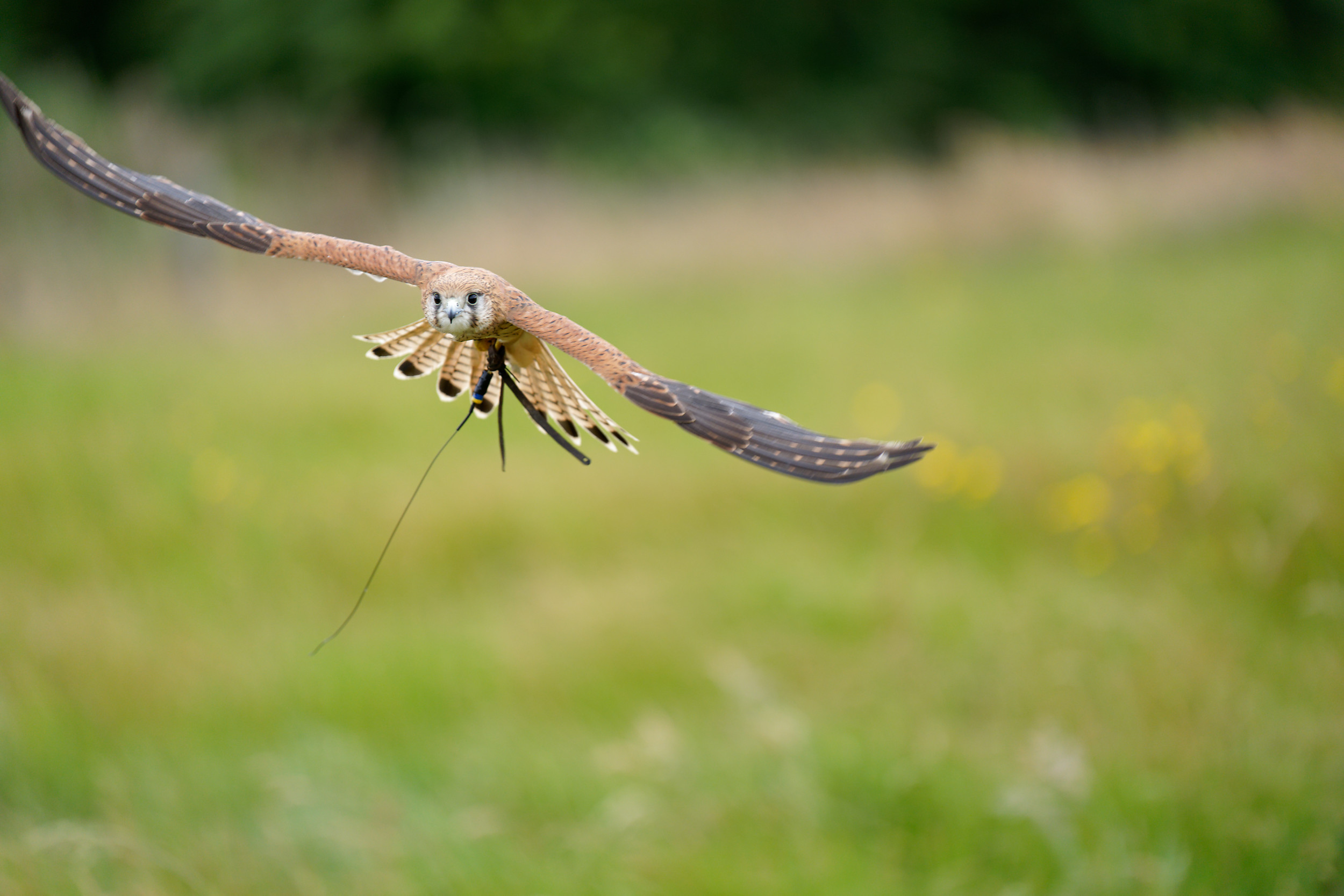
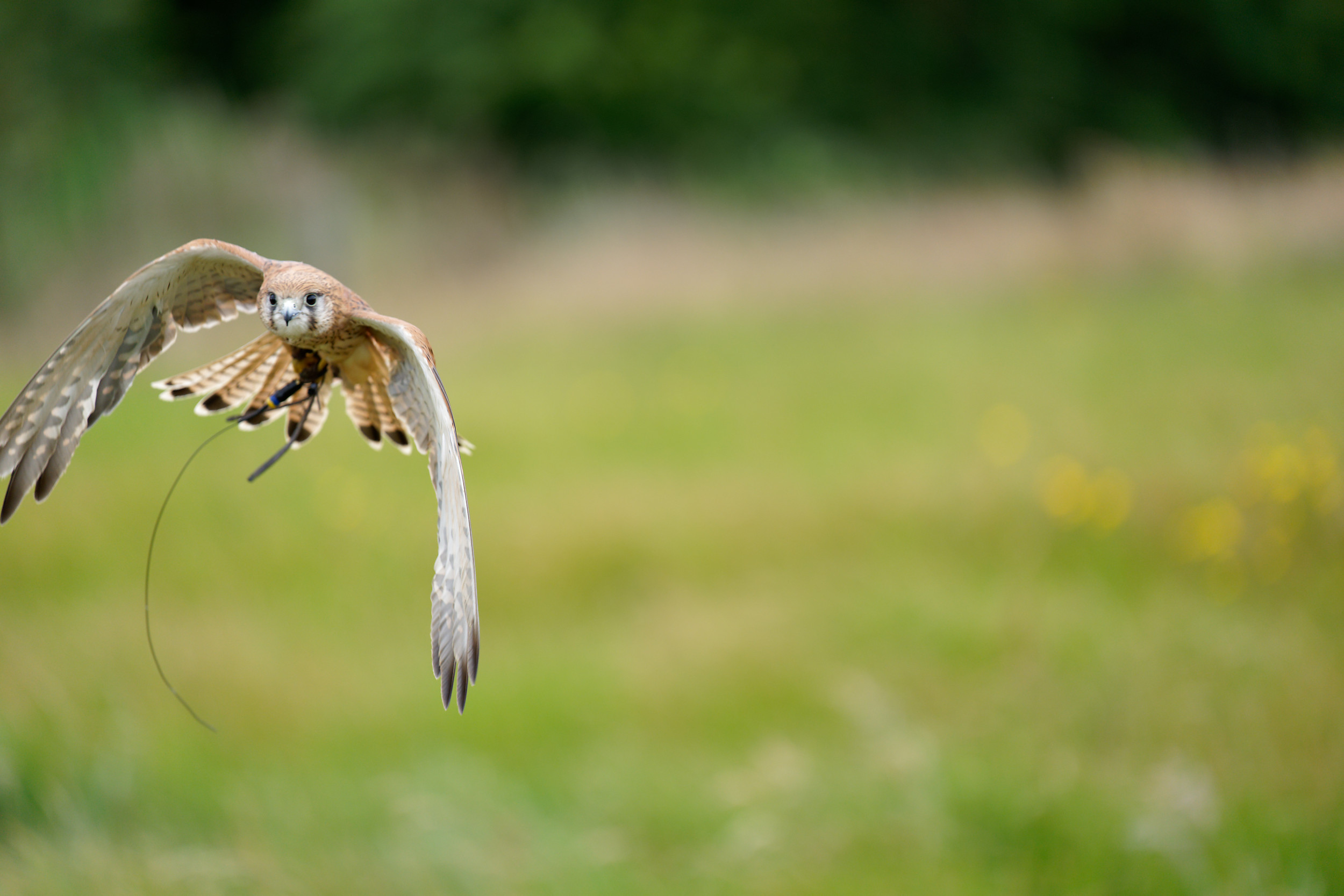
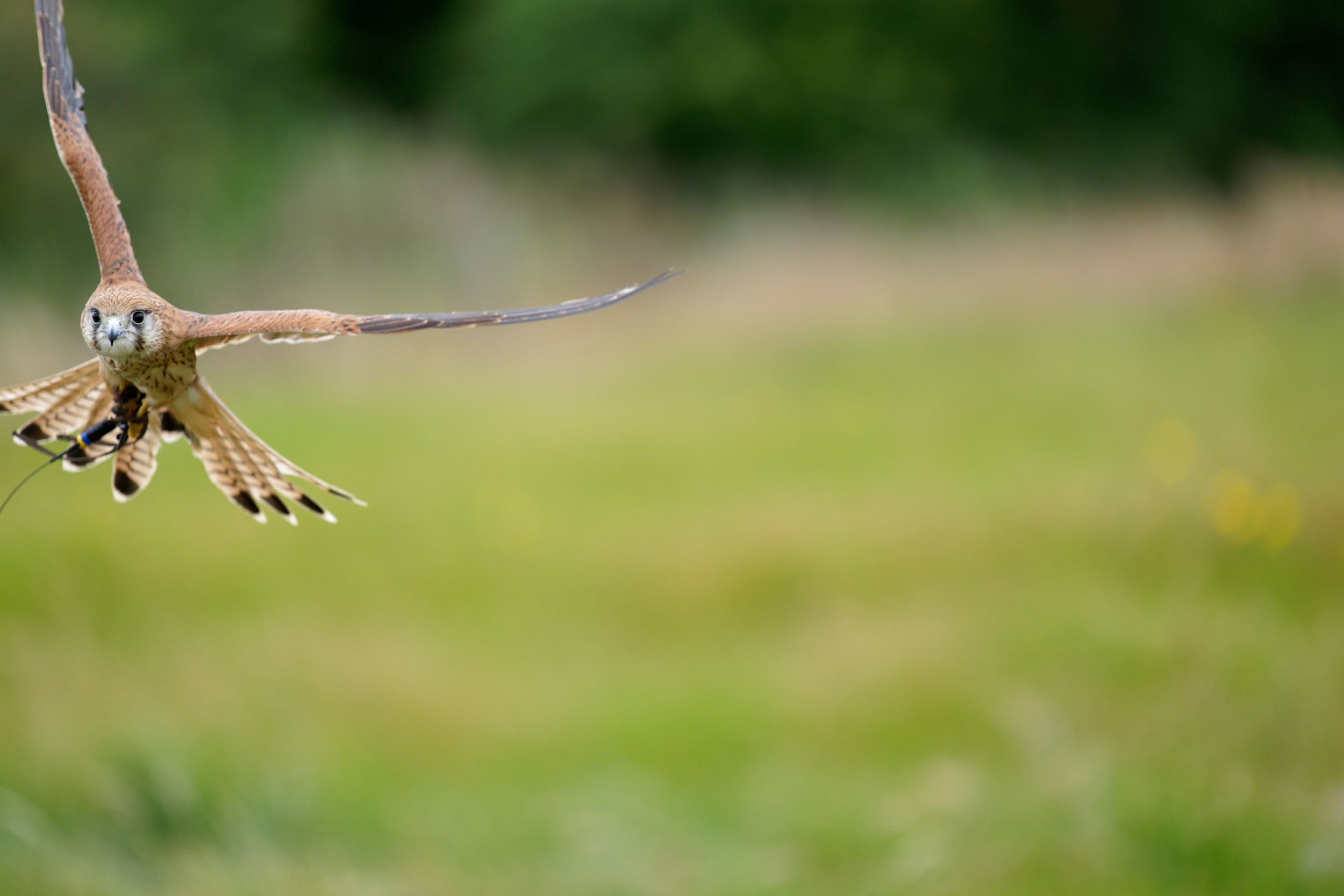
Yes, those last three frames clip the bird’s wing. I was doing my best to track the bird’s flight, but the images above are just over one second of flight. I had expected the bird to fly to camera right. You can see the strange way it moved to head towards me. If you keep an eye on the fence post launching point, you can see how much I had to pan. As I looked through these images, I was impressed at how tightly the eyes were glued on me, and how well the A1’s eye AF worked.
Summer has started a little hesitantly where I live, but the first Sunday in December was a lovely day, barely a hint of a cloud, bright sunshine, but not too hot. The reflection in the water is pristine, so there’s not a breath of wind. It’s a good time to relax, soak in the sunshine, and maybe listen to Queen’s song.
Shot with the new Sony 70-200mm f/2.8 GM II on a Sony A1. The shot above was take at 111mm, f/2.8, 1/2000, ISO 200 (due to auto-ISO). The image is uncropped.
To demonstrate that it wasn’t just the hippos taking a leisurely approach to the day, here are a couple of lions luxuriating in the warmth. The younger of the two clearly thinks the older makes a good footrest.

This shot was taken at 148mm, but all the other settings are the same.
The Sony 70-200mm f/2.8 GM OSS mark II is proving to be a very pleasant lens to use.
Sony announced a new version of their 70-200mm f/2.8 lens in October 2021. This one replaces their original 70-200mm f/2.8 for E mount, announced in 2016. They did some interesting things in this new lens. I will get to those.
The 70-200mm f/2.8 lens is a staple for professional photographers. It is flexible, capable of good subject separation, and reliable. I am not a professional photographer, and I am quite fond of using prime lenses, but I have owned three 70-200mm f/2.8 lenses over the last two decades, because they are too useful to ignore. I bought the Canon EF 70-200mm f/2.8L IS over 15 years ago. It was considered a fine lens back then; almost 1.5kg of metal and glass, complete with Canon’s image stabilisation. Several years later, after a move to Nikon, I bought the Nikkor AF-S 70-200mm f/2.8 VR II. Also a fine lens; and just over 1.5kg of metal and glass with Nikon’s Vibration Reduction system. When I moved to Sony, I resisted the temptation of Sony’s 70-200mm, because it, too, was around 1.5kg (a little less), and I wanted lighter lenses. No 70-200/2.8 for me!
Sony finally got me to buy a zoom lens with the 200-600mm G. I want to reach out to 600mm, but the 600mm f/4 GM is seriously pricy. Unlike the 150-600mm zooms from Sigma and Tamron (which extend a lot when zooming out to 600mm), the 200-600mm has both internal zoom and internal focus. I discovered that I liked that.
So when Sony announced that their new 70-200mm was also internal zoom and focus, I started to pay attention. Even better, this is a 70-200mm f/2.8 lens which defies the expectation that it weigh 1.5kg; this one weighs 1045g, barely over 1kg. This lens gets features we’ve seen in some of Sony’s best new lenses: it has an extreme aspheric element (like the 135 GM, except that this one is made from ED glass, reducing both spherical and chromatic aberrations simultaneously), it has four linear motors driving a pair of focus groups (like the 135GM and the 50GM). Oh, and where the original Sony 70-200 GM had a minimum focus distance of 96cm (which was good), this one reduces it to 40cm.
I got lucky. My local store managed to get stock of this lens quickly, and I leapt on the chance. I needed a 200mm lens that weighed less than the 200-600mm, and Sony didn’t seem to be coming out with a 200mm prime (admittedly, a 200mm f/2 could weigh even more than the 200-600mm). I hoped I would not regret my impulsive behaviour.
Very first impression? It’s really light! It does not feel like a 70-200 f/2.8. It feels barely heavier than my beloved 135mm GM (where “barely heavier” is 95g = 10% of the weight of the 135 GM).
I had plans to visit a collection of exhibits from the London Natural History Museum, so I took my new lens along. It’s an unusual selection of exhibits, featuring some things I had not expected to see (a first edition of Darwin’s Origin of Species, and specimens collected by Darwin and several other famous naturalists). Sadly, a lot of the collection is in fairly dim light. Fortunately, my new lens was fully capable of focussing even in the dim light. My biggest problem was reflections from the glass cabinets – it was impossible to get a good shot of the dodo (I will have to return another day to try again).
The image I’ve shown above was shot at ISO 12000, f/2.8, 1/125 at 108mm on the 70-200mm using a Sony A1. It is uncropped.
It amused me to show an image of a fossil predator taken with the most recent of Sony’s GM lenses.
I would not normally report my first impressions after a single outing with a lens, but this one has really impressed me.